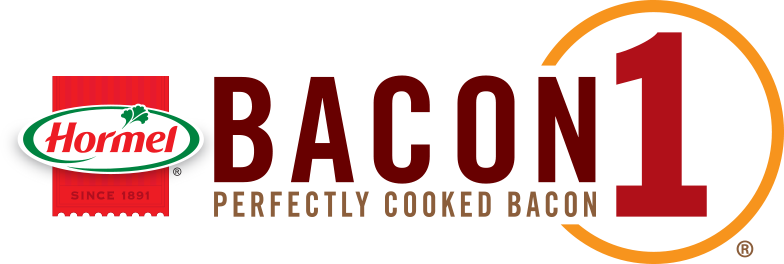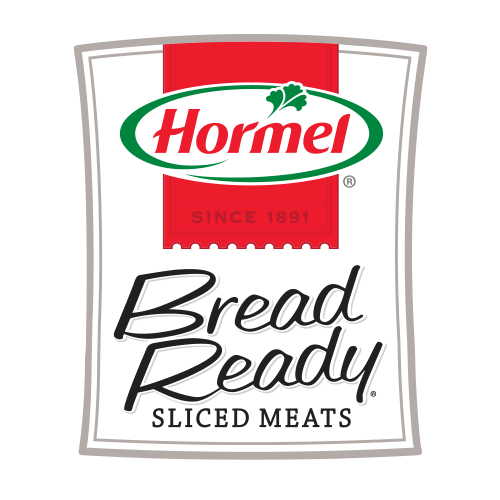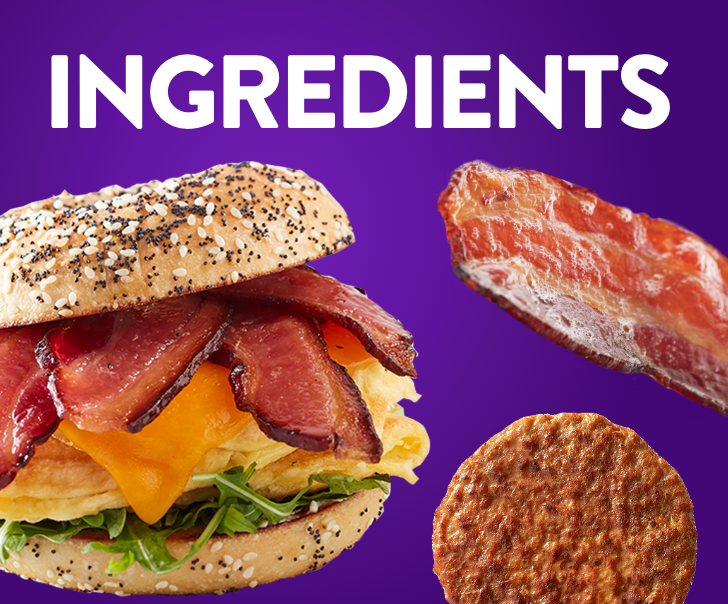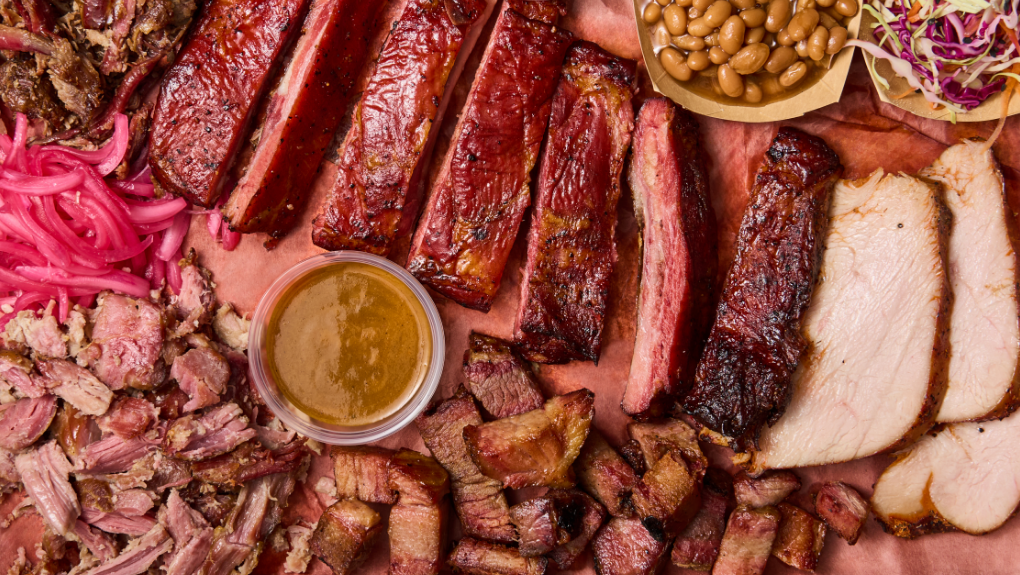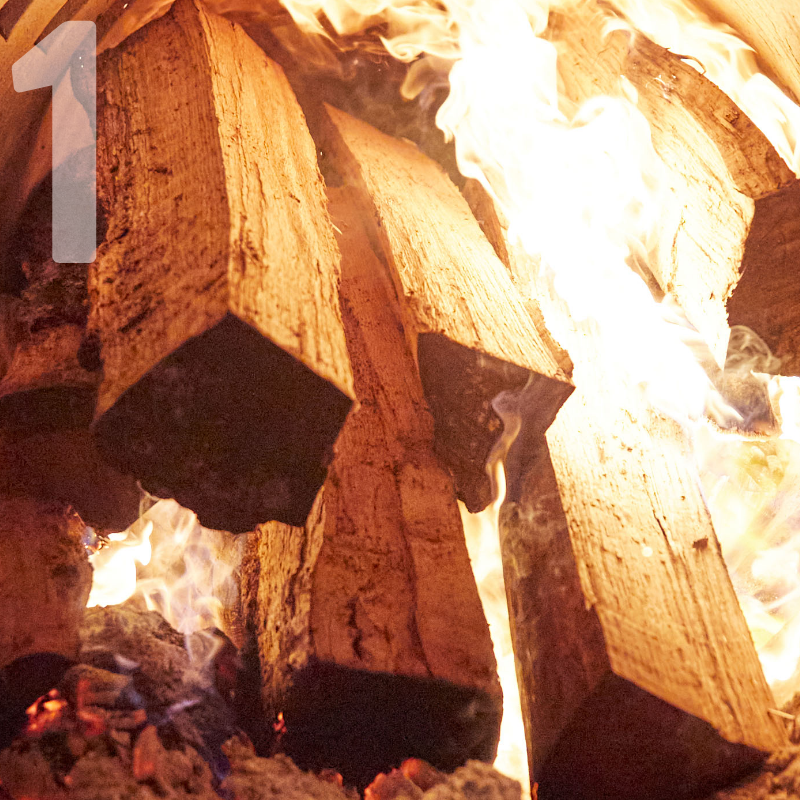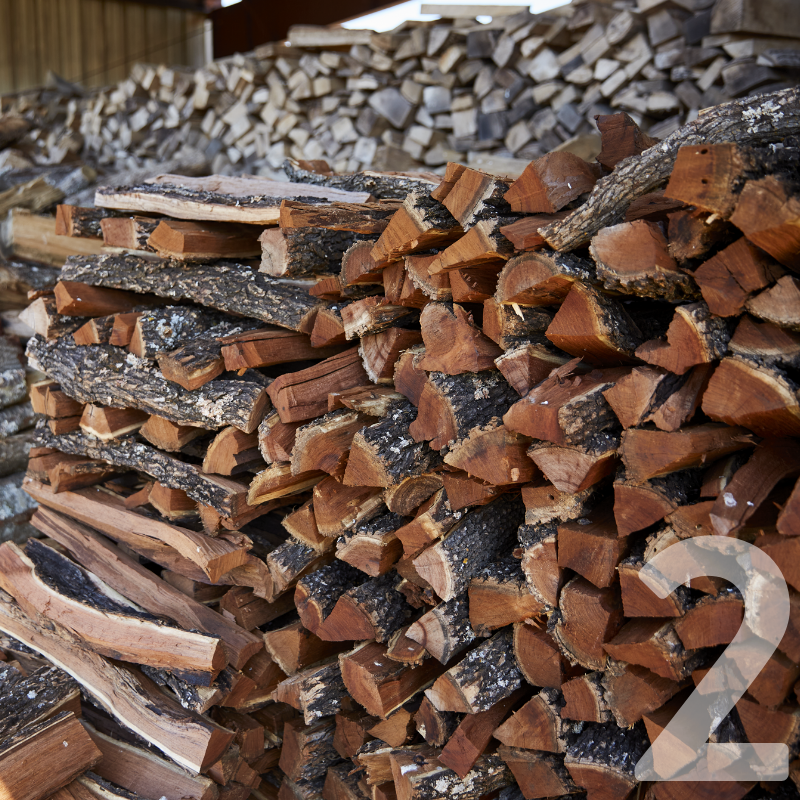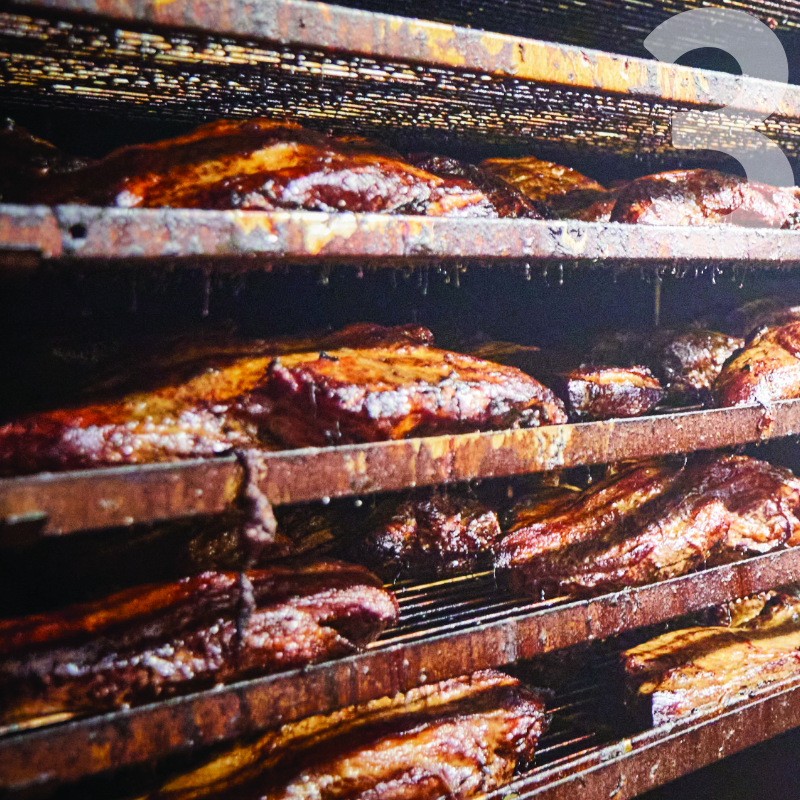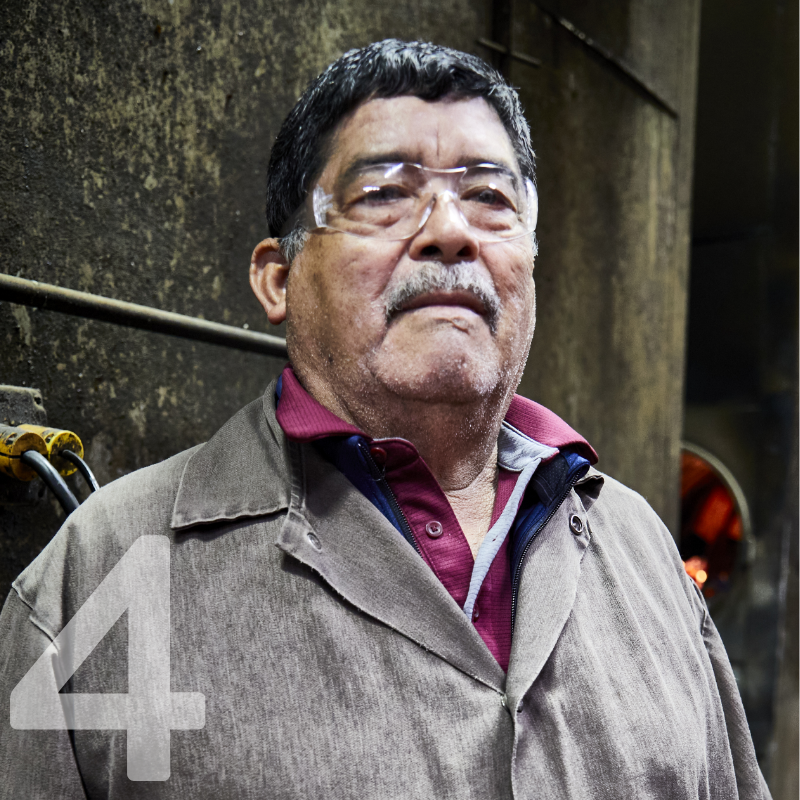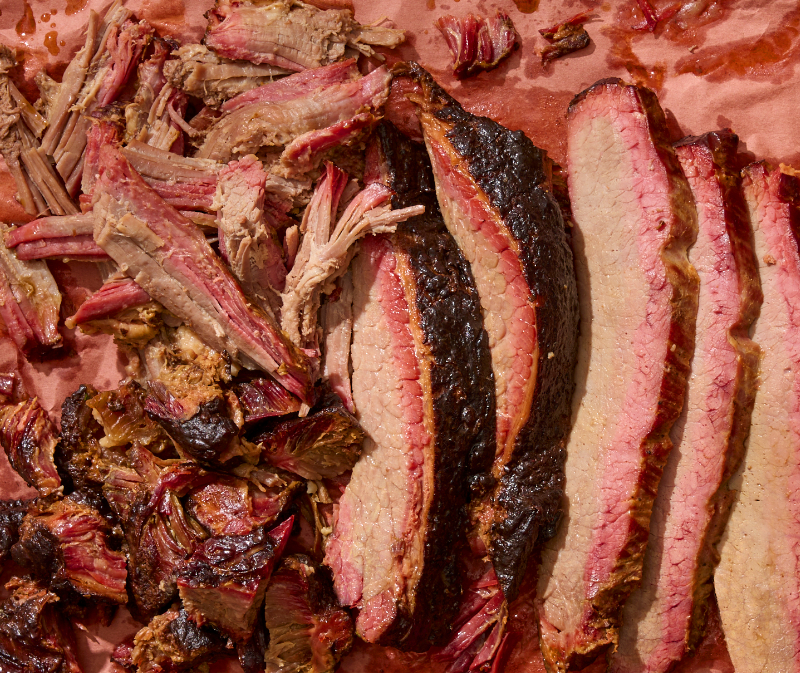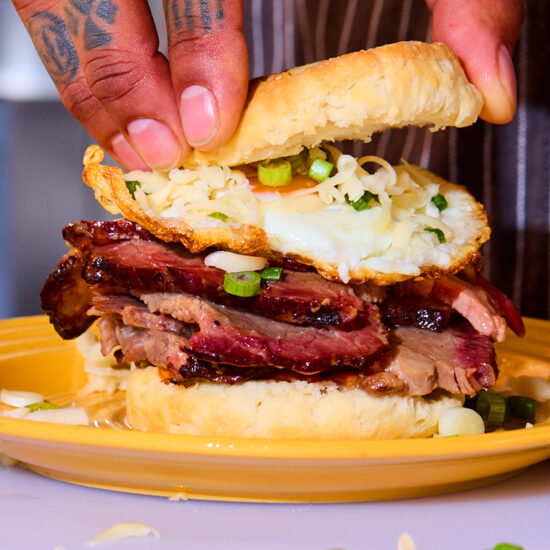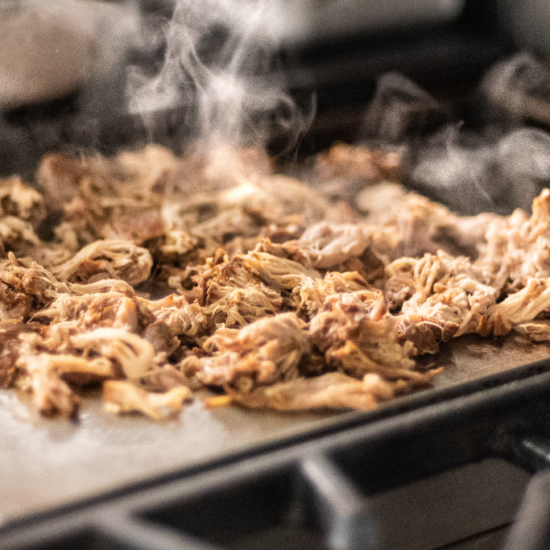In the barbeque world, there’s a surge in popularity of pit-smoking,1 where meats are cooked using only smoke and indirect heat to create a tender bite and distinct taste.
But while these smoky, succulent meats can give an incredible edge to menu-makers (even beyond barbeque joints), the process is very meticulous. Here’s what goes into the craft of authentic pit smoking, from the balance of woods to the skills of the pitmaster.
4 Elements That Define True Pit Smoking
1. The Pit: All Smoke and No Flames
Rather than a grill or an oven, a traditional pit prepares meat using indirect heat and smoke. Pits are composed of two large steel chambers: a smaller “firebox” that holds the flaming wood, and a cooking chamber where the meat sits and where the smoke flows into. This means a direct flame never scorches the meat.
2. The Wood: Part Fuel, Part Flavor
True pit smokers use 100% chopped hardwood logs. Other cook methods rely on saw dust, charcoal, small wood chips, or gas. But when it comes to pit smoking, “the only heat source and smoke source is truly from those logs burning,” explains Zach Vierkandt, Brand Manager at Hormel Foods.
The blend of wood is also important. All hardwoods naturally impart a flavor, from sweet to bitter.
Hickory and oak tend to add a more mellow taste, while mesquite can be harsh—a reason why pitmasters
avoid it.
A precise balance of the types of wood controls the final flavor of the meat. A common goal is to shoot for a mellow, yet slightly sweet flavor profile.
3. The Process: Low and Slow is Key
Because the heat and smoke from the firebox is funneled into the main chamber, cooking the meat takes a long time. But this low-and-slow process helps make each cut very tender.
This is especially important for brisket. “Brisket is traditionally a tough cut, which makes it difficult to break down,” says Justin Robinson, VP of Marketing at Hormel Foods. “The slow smoking process allows the muscle fibers to be broken down for a tender bite. Our smoking cycles can take at least 12 hours.”
4. The Pitmaster: Seasoned Expertise
And then there’s the pitmaster. With such a delicate system that requires balance and precision, the person who oversees the smoking is key to its success. These pitmasters tend to have years (if not decades) of experience and important responsibilities:
- Assessing every cut using their smell, touch and
sight to make sure each is cooking properly.
- Evaluating the smokers to ensure a consistent
temperature, adding more or less wood as needed.
- Managing their pit crew, directing them to
maintain the wood stock, pit smokers and meat.
For every batch, the pitmasters begin by focusing on the fire, making sure it’s steady in heat and smoke. Then, after adding in the meats, they check each one for color development and tenderness, adjusting the fires throughout the day.
Brisket: Today’s Pit-Smoked Darling
Of all the proteins in the pit-smoking world, brisket seems to have the strongest hold on barbeque menus. “The smoked meat that’s growing the most in the industry is brisket,” says Vierkandt. “Pulled pork and ribs have been around for a long time, but brisket has recently become more accessible.”
And with formats ranging from sliced to chopped to melt-in-your-mouth burnt ends, brisket gives menus variety on top of desirability.
Why Bring Fully Prepared Pit-Smoked Meats into Your Kitchen?
By scaling volume while focusing on craft, our AUSTIN BLUES® Pit-Smoked Meats let you add pit-smoked proteins to the menu along with all of their advantages:
Time & Labor Savings
There’s no doubt that pit smoking takes the time, experience, focus and equipment that many restaurants may not have, allowing operators to serve a premium meat without the effort.
Scratch-Made Taste
Together, the authentic materials and the no-shortcuts process create genuine, from-scratch proteins with a taste that’s perfect for permanent additions or LTOs.
Menu Differentiation
Whether at brick-and-mortar, food truck or catering service, pit-smoked meats can help menus stand out. “Pit-smoked is the top-tier of smoked meats, both from a taste and quality perspective,” Vierkandt explains. “It just elevates them.”
A Base for Creativity
While amazing on their own, pit-smoked proteins allow operators to add their culinary touch, whether for a fusion dish, dousing in a house-made sauce or creating something unique like a pit-smoked brisket burger.
Put Pit-Smoked Meats on Your Menu
With so many advantages and such unique characteristics, pit-smoked meats can be a game-changer for restaurants in the barbeque world and beyond. Interested in bringing pit-smoked to your menu? Reach out to get started.
1 Food & Wine, 2024


 Email Sign Up
Email Sign Up